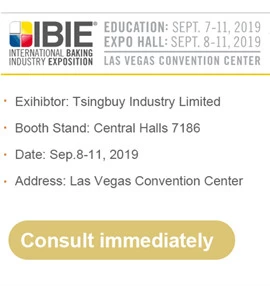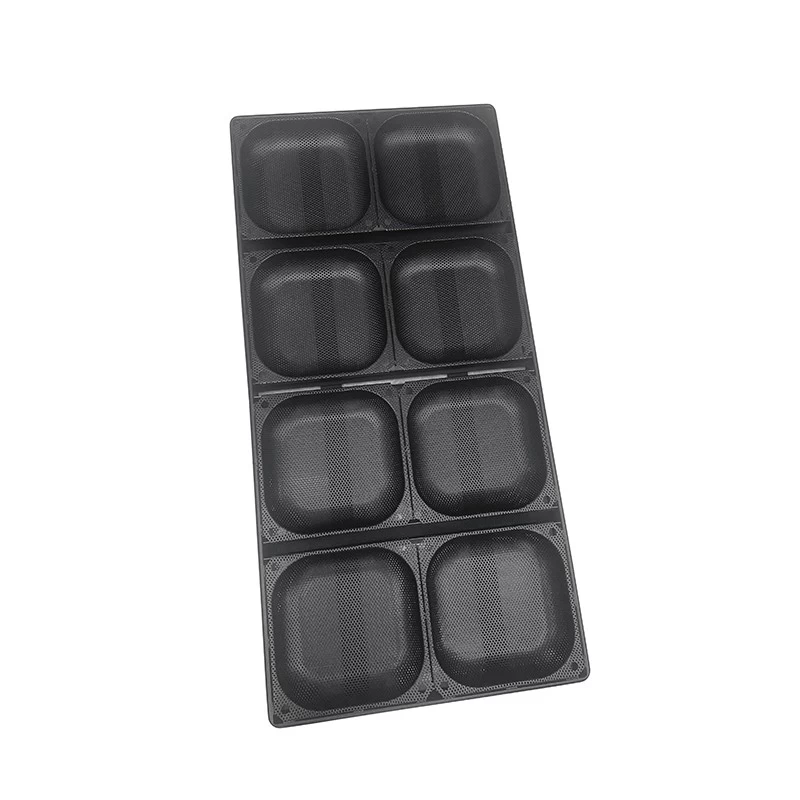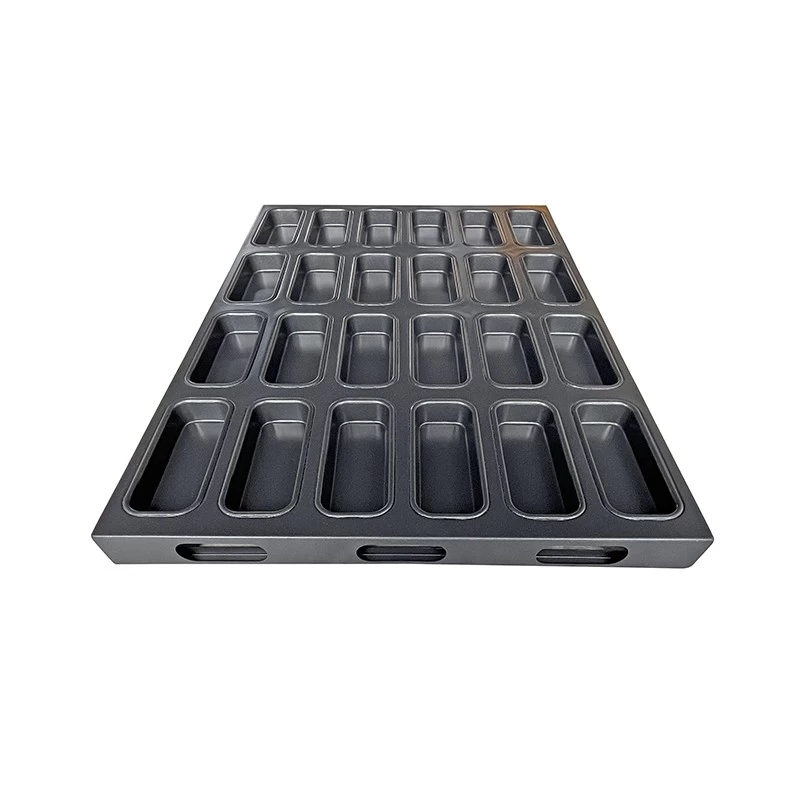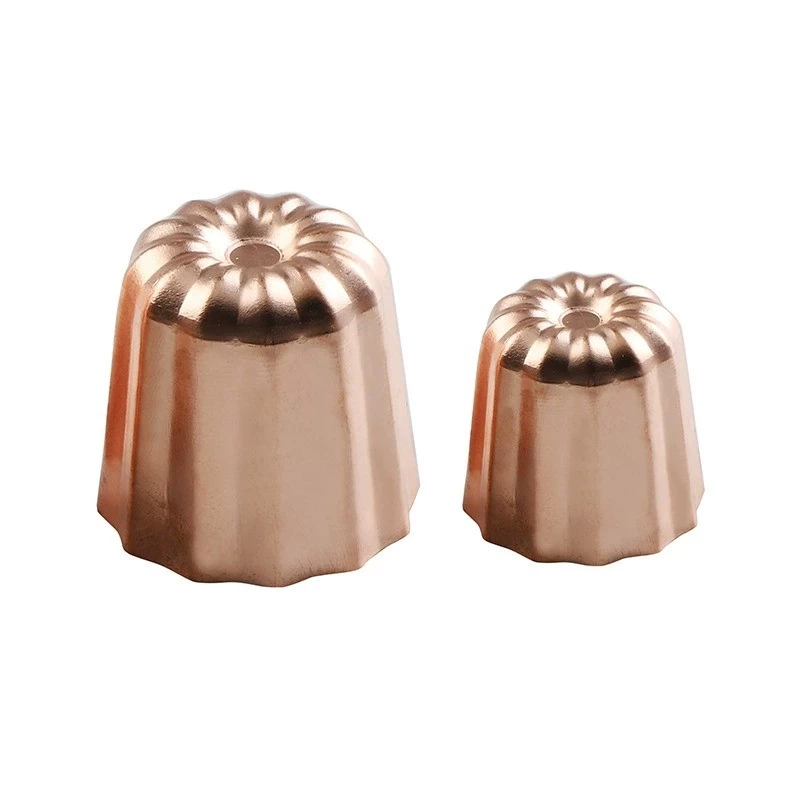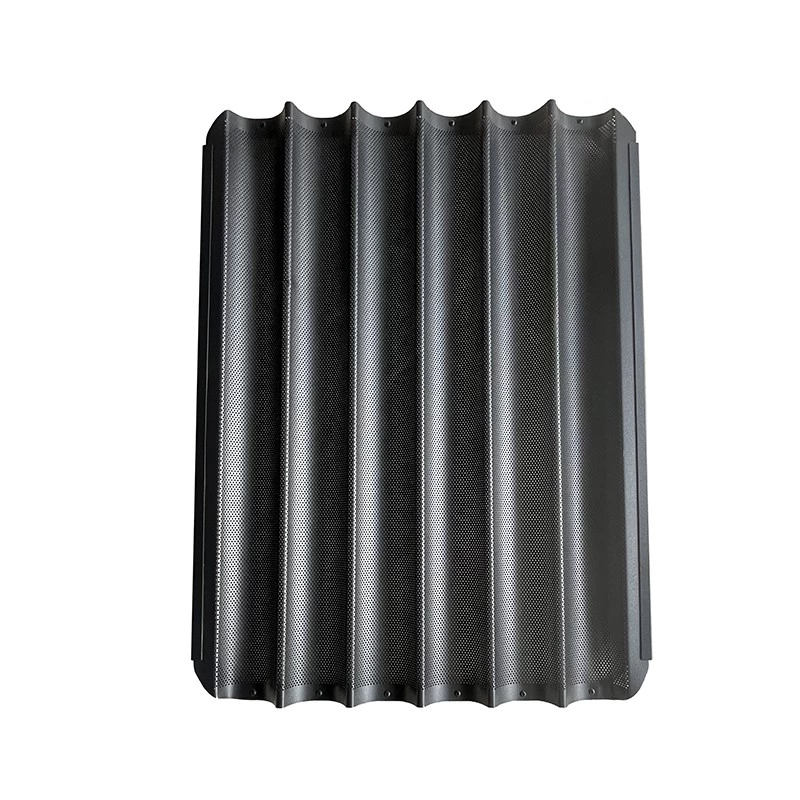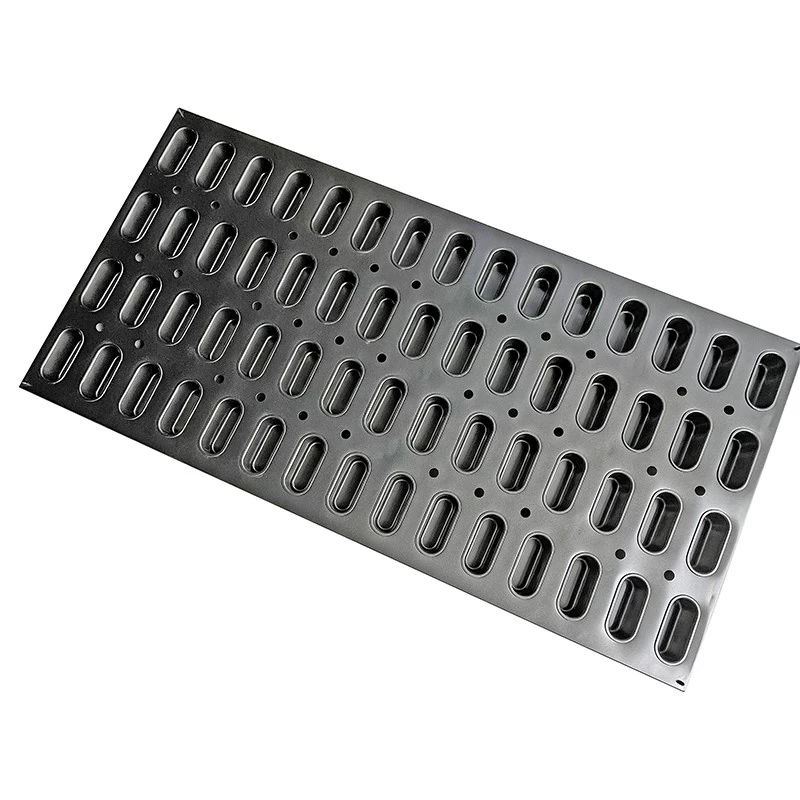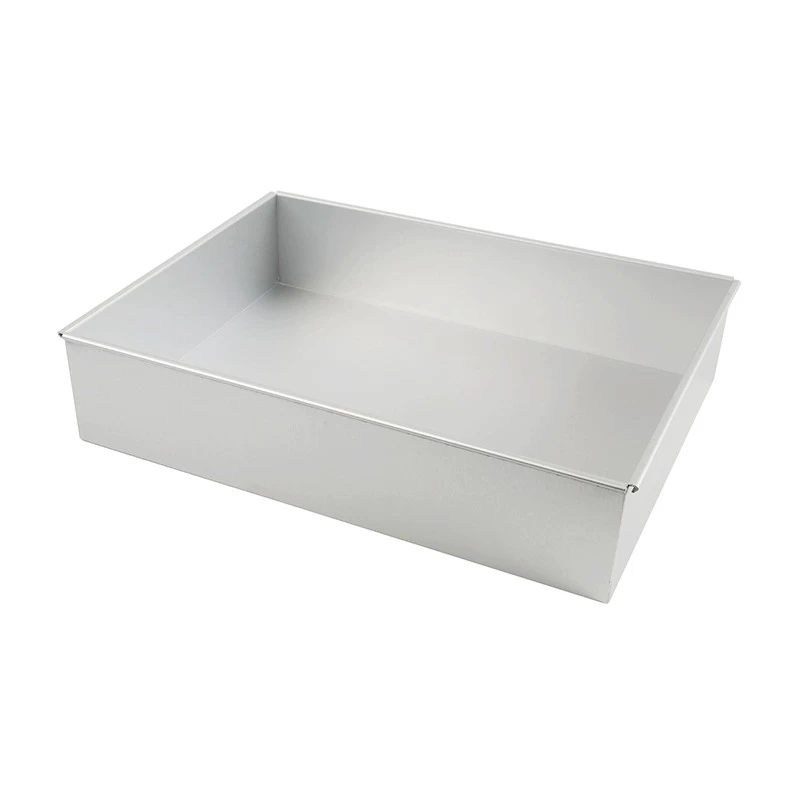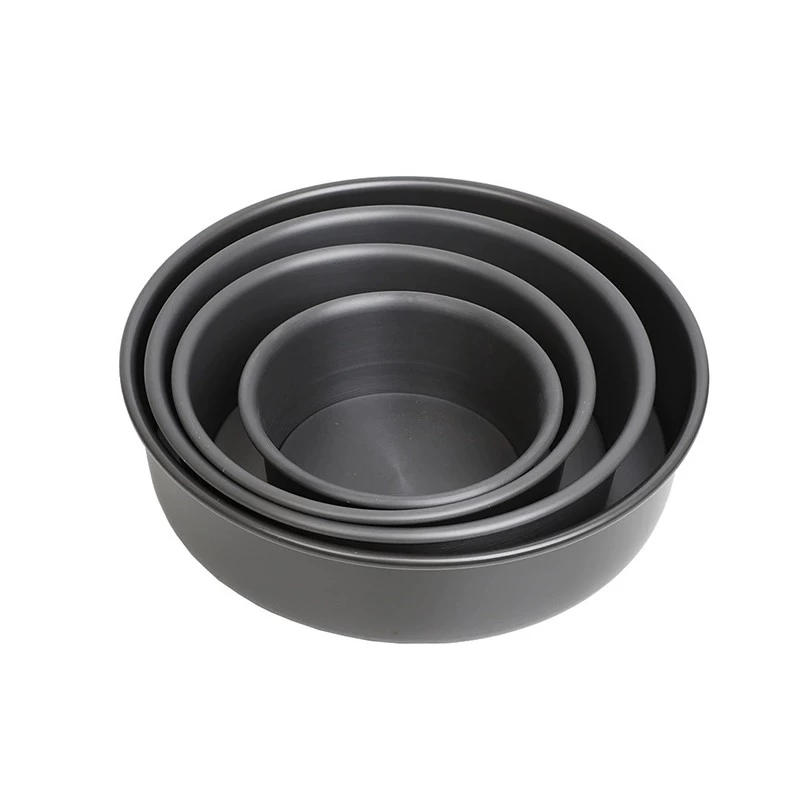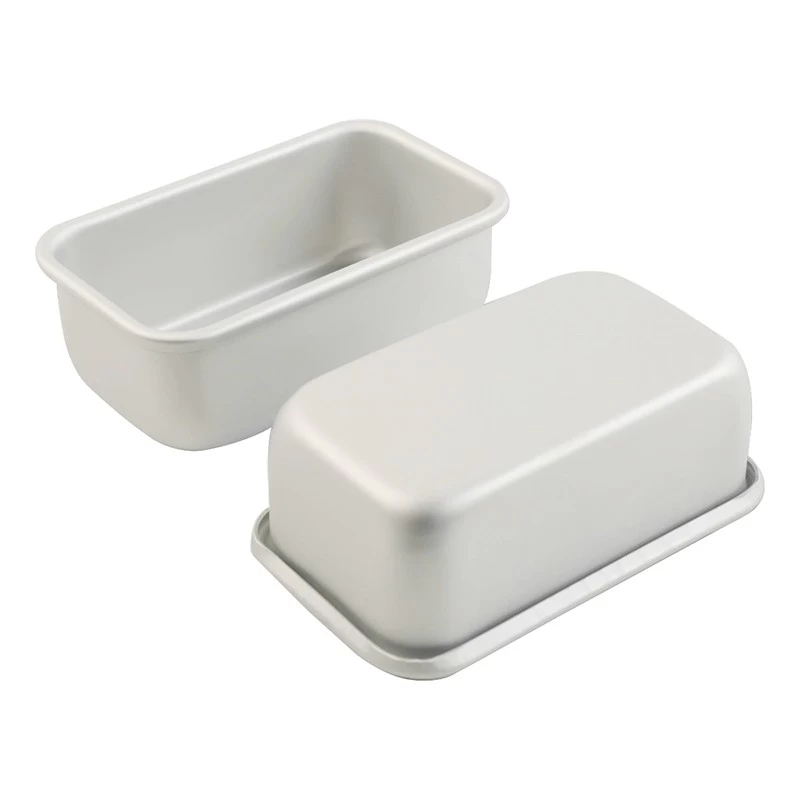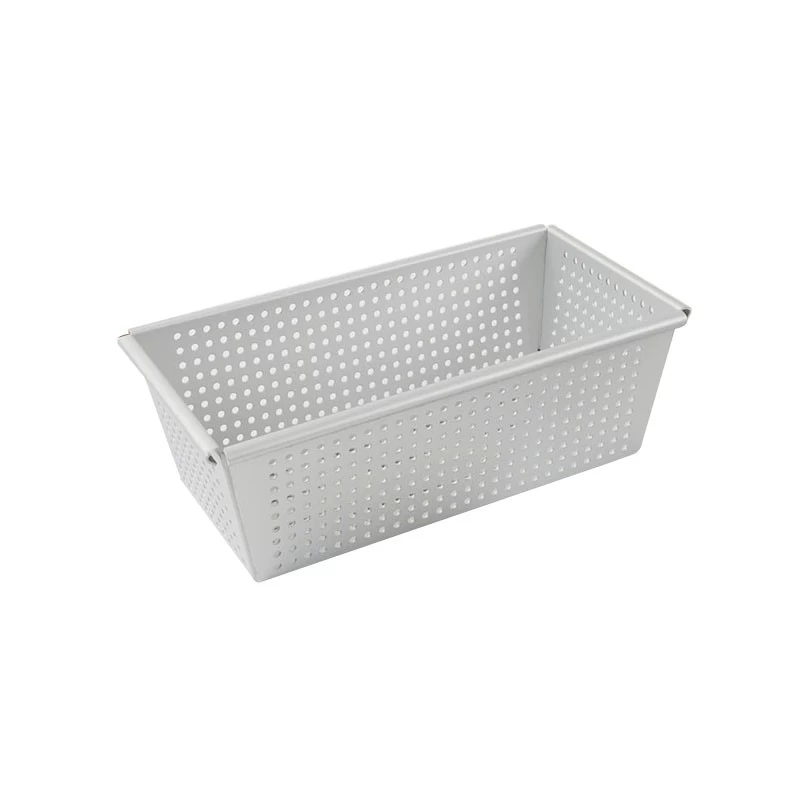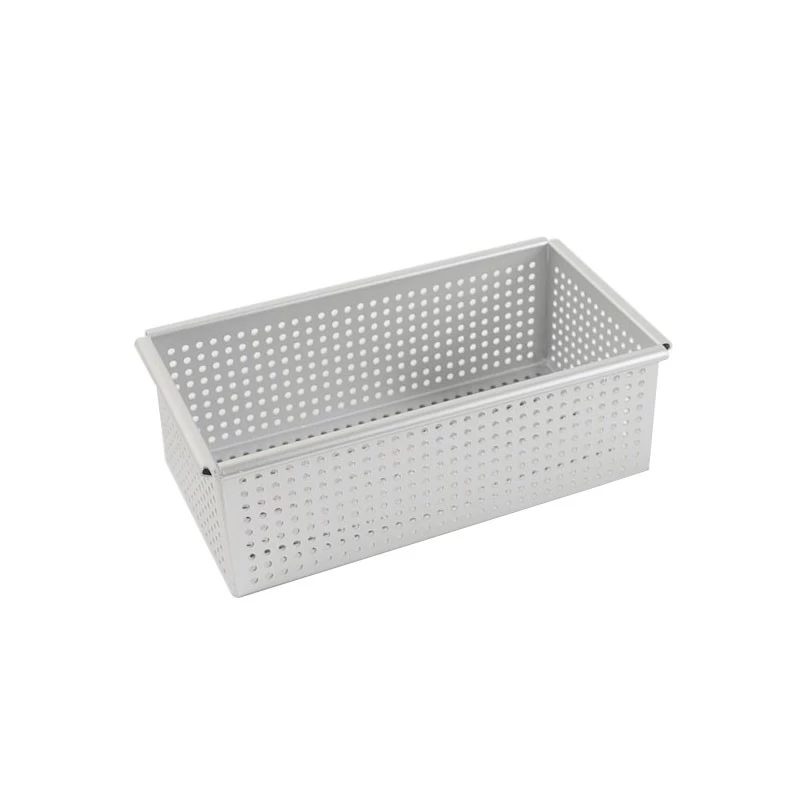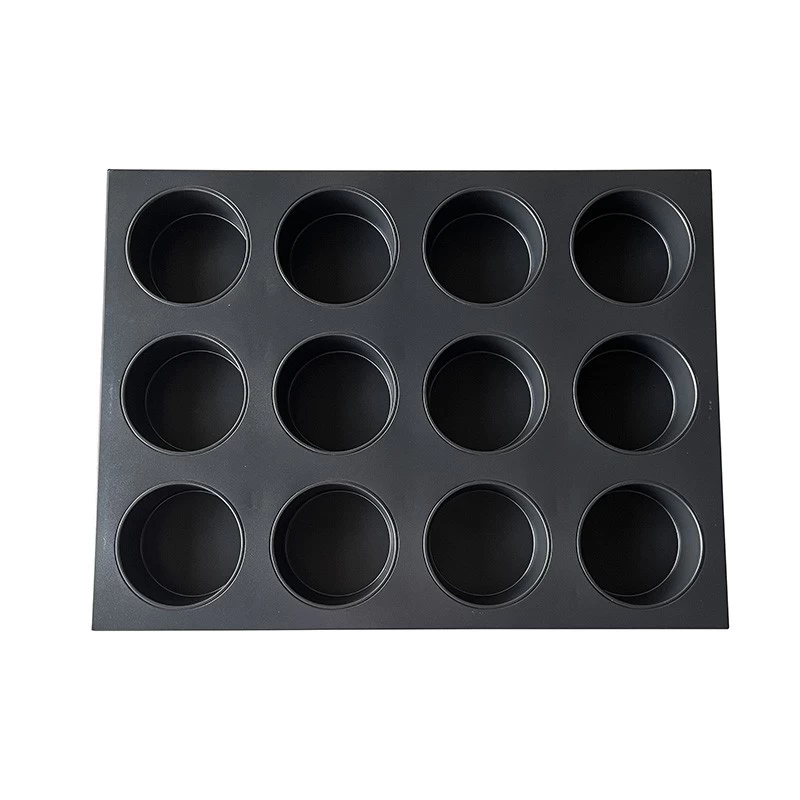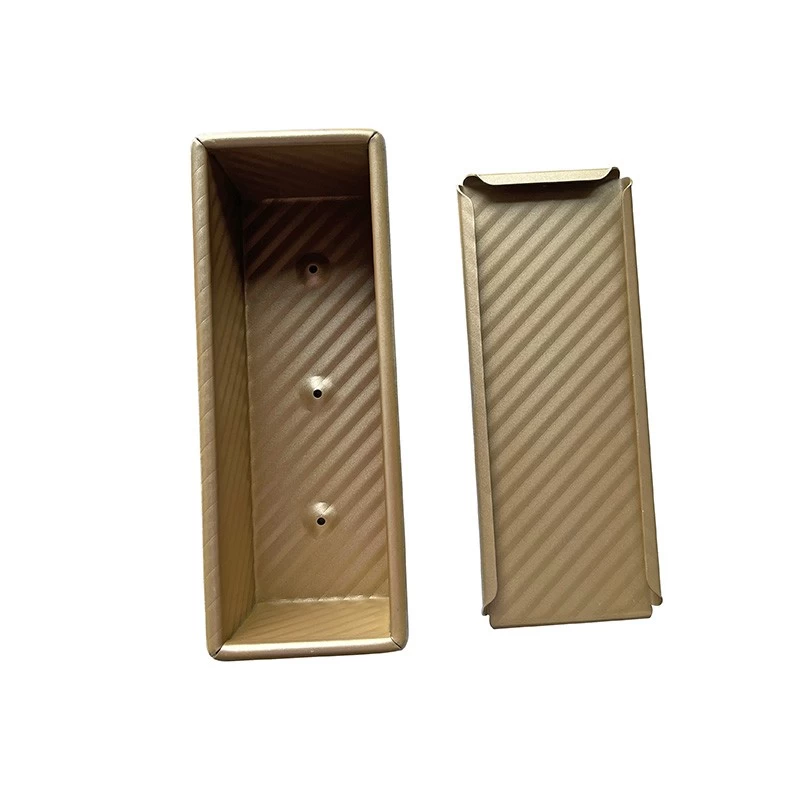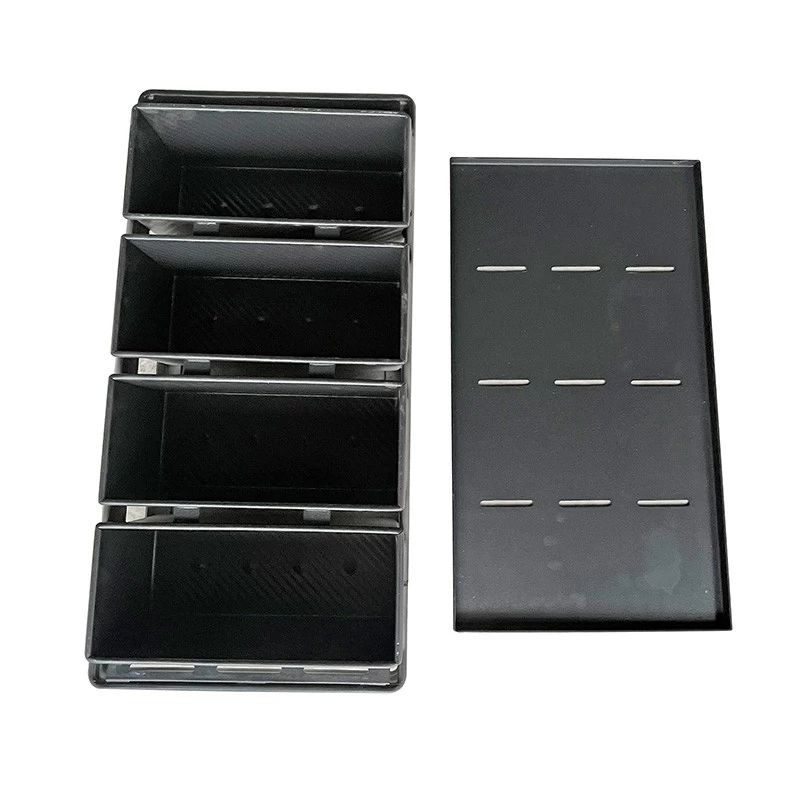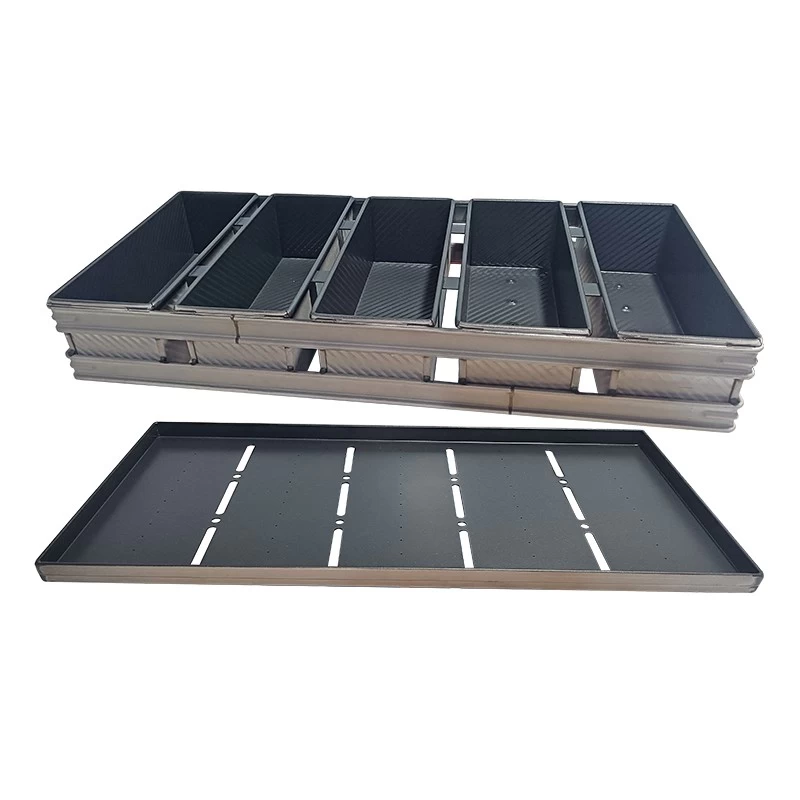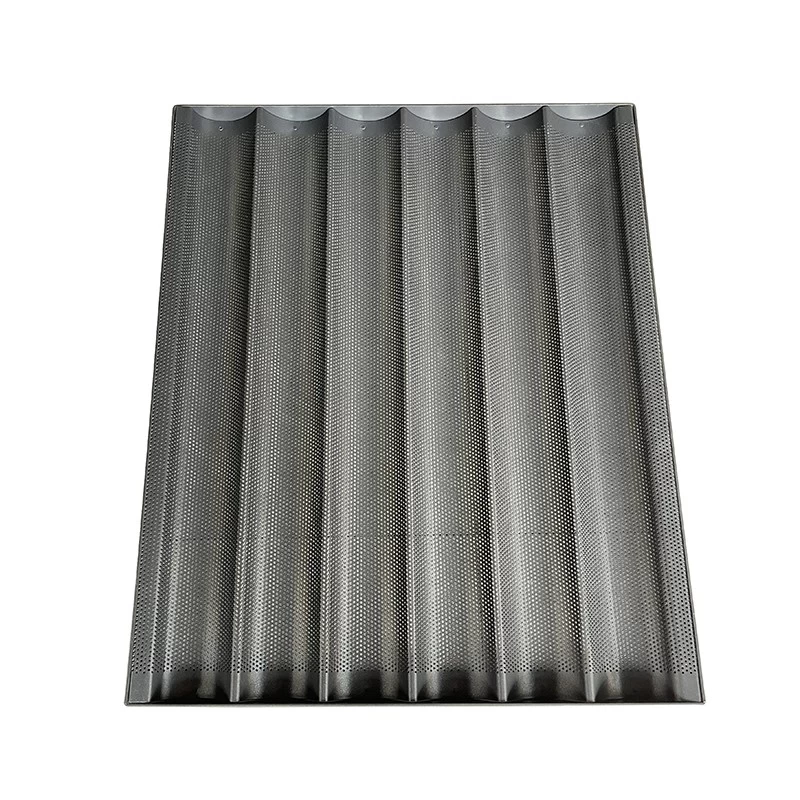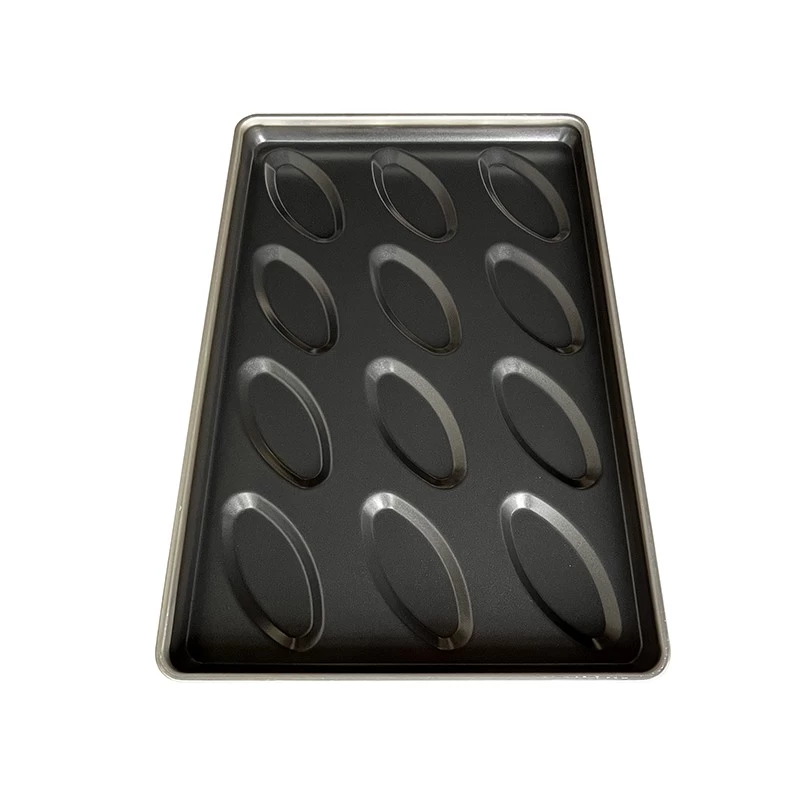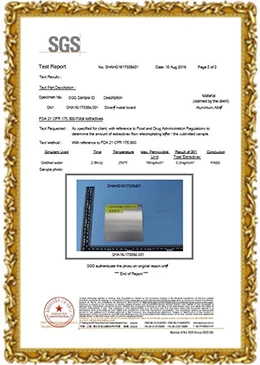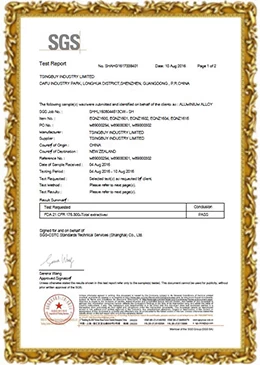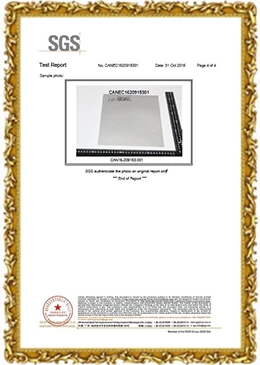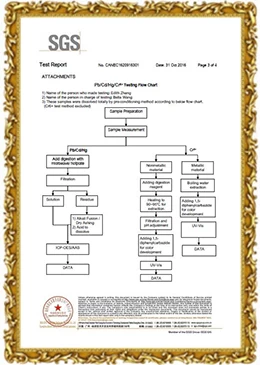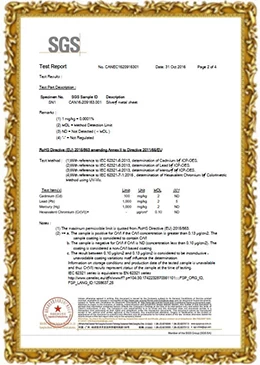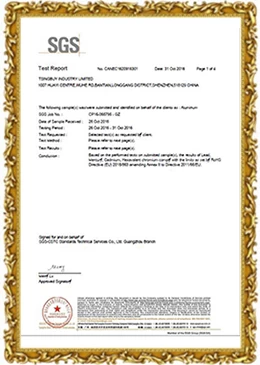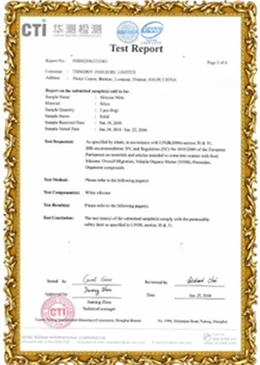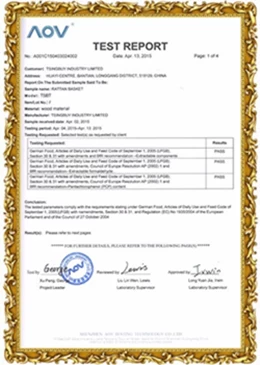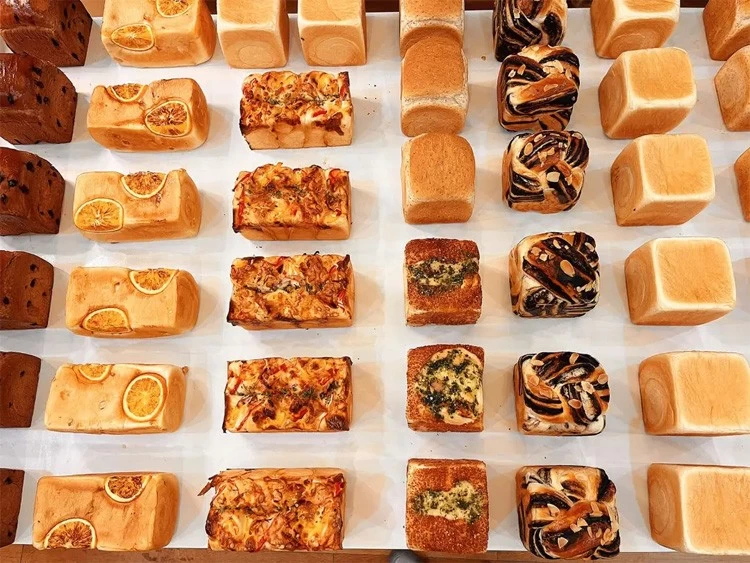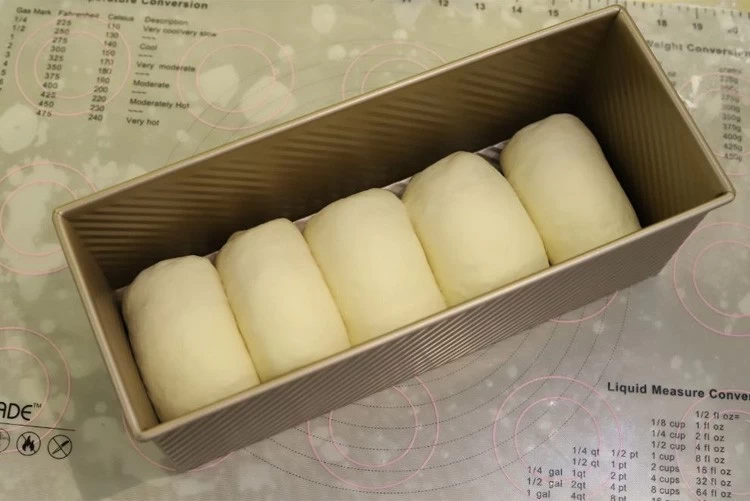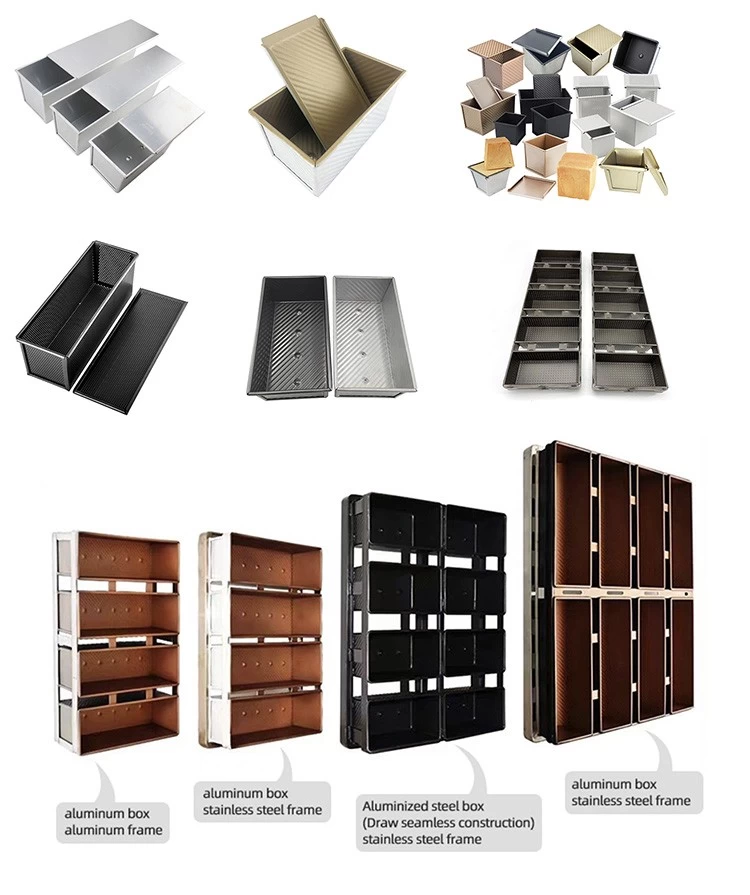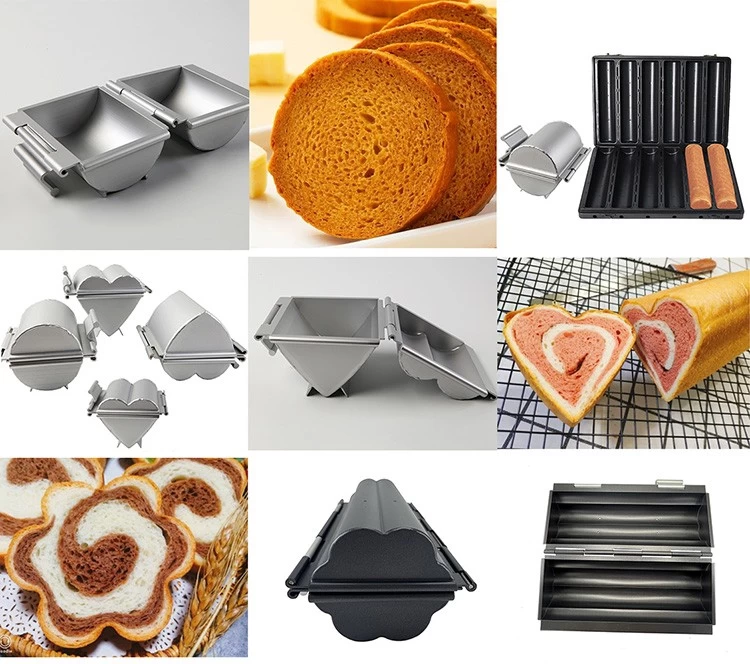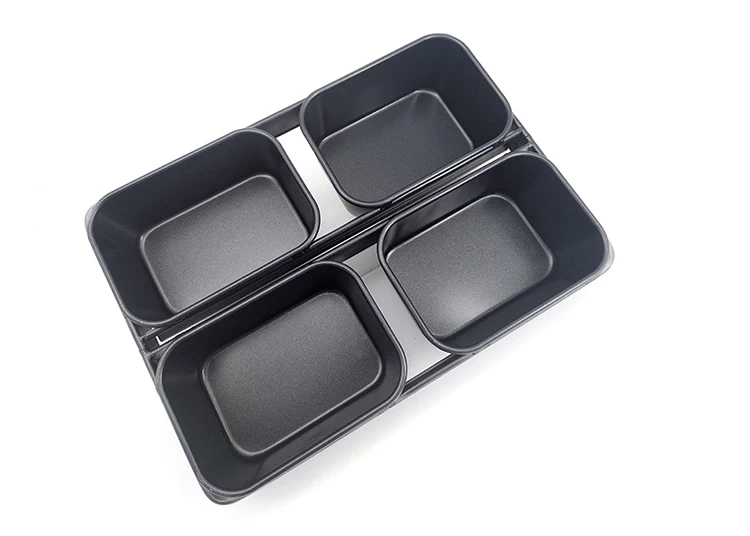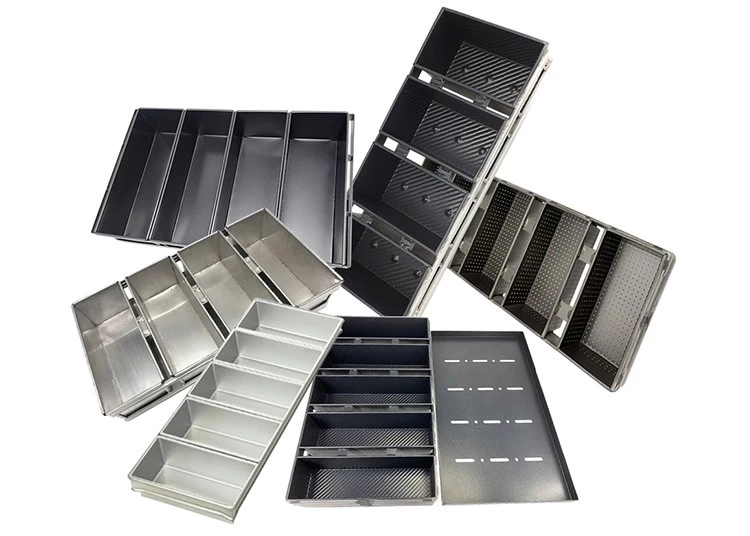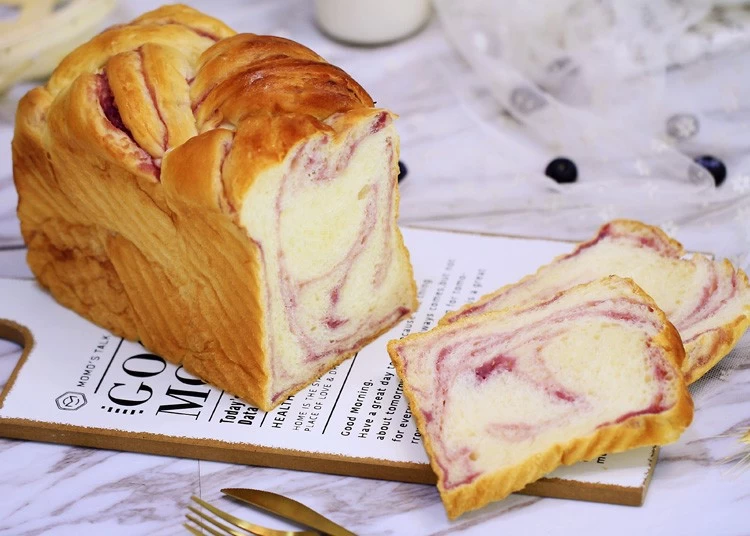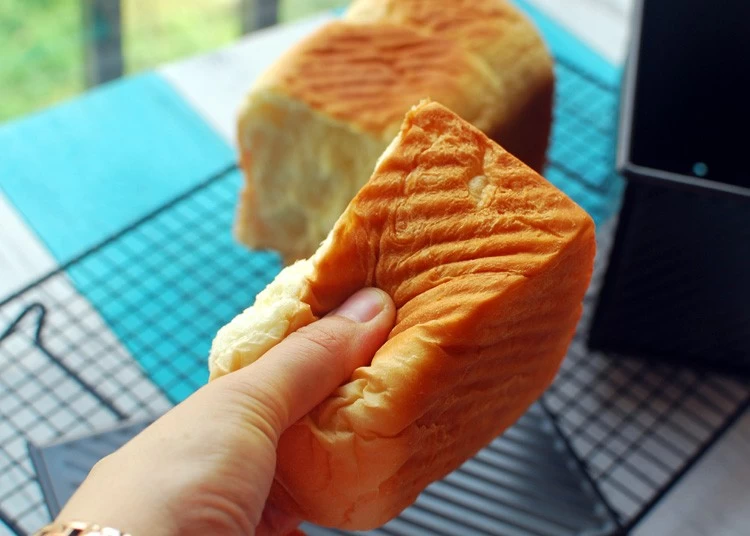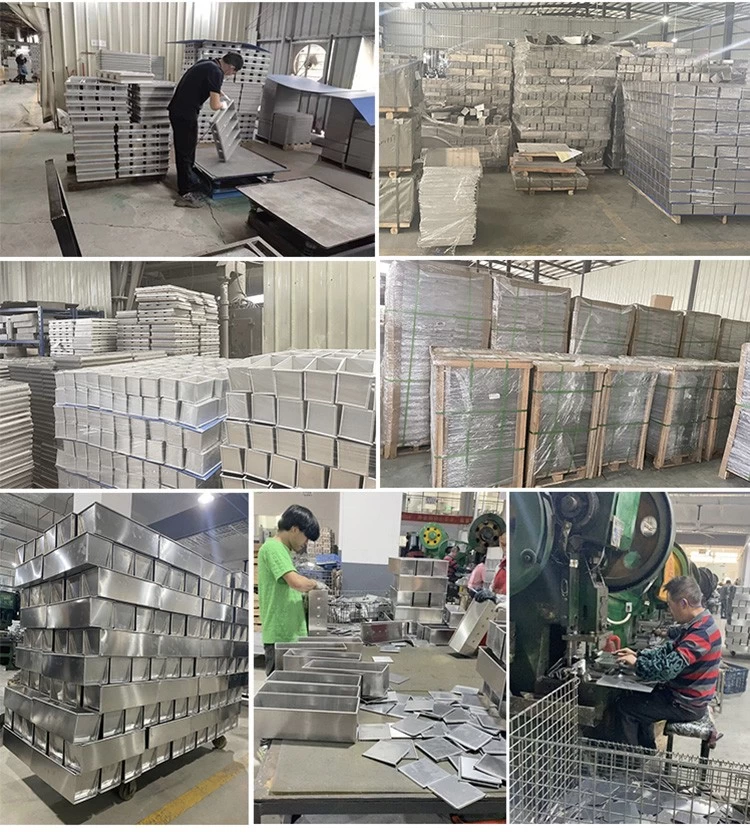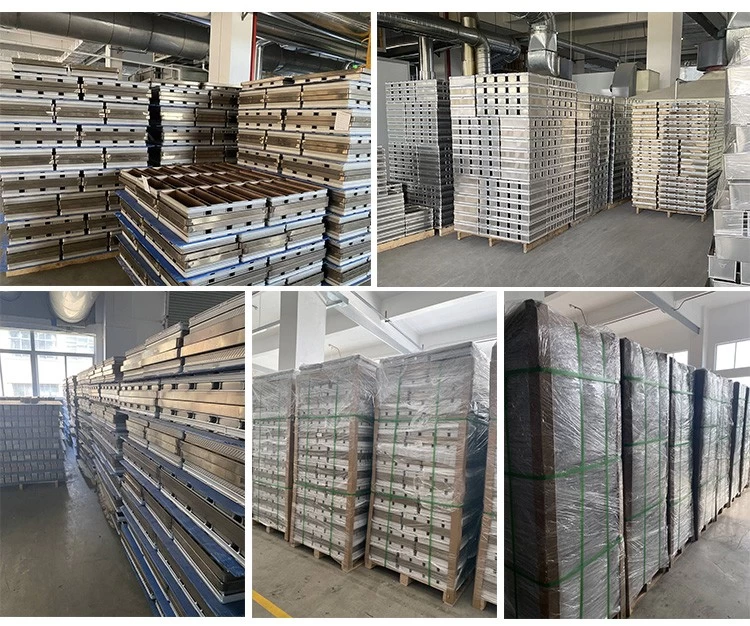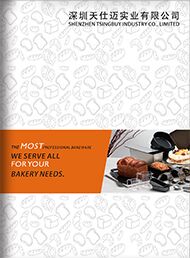A Comprehensive Guide of Tsingbuy Loaf Pan Series
When it comes to baking, selecting the appropriate loaf pan is paramount for achieving the perfect loaf of bread or cake. With an extensive array of styles, materials, and sizes available, the choice of pan can significantly influence the texture, shape, and overall quality of your baked goods. From traditional single loaf pans to distinctive designs such as cylinder and farmhouse loaf pans, understanding the features and benefits of each option will empower you to make an informed decision. Additionally, recognizing the differences between specific pans—such as toast versus sandwich pans—can further guide your choice based on the type of bread you wish to bake. This guide will delve into various loaf pan styles, materials, and care tips, ensuring you find the ideal pan for your baking needs.
Contents
What are the styles of single loaf pans ?
Interesting cylinder loaf pans (two-side cover)?
What is strap Loaf Pan (loaf bread baking pan set) ?
What are the metal types for loaf pans?
Is there any difference between toast baking pan and sandwich baking pan?
Can I bake a cake with a loaf pan?
Care and cleaning of bread loaf pans
Where to get custom-made bread loaf pans?
What is a loaf pan?
A loaf pan is a rectangular baking vessel specifically designed for baking bread and other loaf-style confections. Its tall, straight sides facilitate the shaping of dough into a consistent form, rendering it ideal for breads, meatloaves, pound cakes, and similar baked goods. Loaf pans come in various sizes, with common dimensions of approximately 8.5 x 4.5 inches or 9 x 5 inches. They are typically constructed from metal, glass, or silicone. The material and coating of the pan significantly influence heat distribution, ease of food release, and durability—factors that are particularly critical in both home and commercial baking.
What are the styles of single loaf pans?
Loaf pans are available in a multitude of styles, each tailored to different baking needs and preferences. Popular types include:
Standard Loaf Pan: Typically rectangular with straight sides, this classic style is commonly used for traditional bread loaves, meatloaves, and pound cakes. Standard dimensions include 8.5 x 4.5 inches and 9 x 5 inches.
Pullman Loaf Pan (with Lid): Featuring a lid, this pan creates a perfectly square or rectangular loaf bread with flat sides and a top, making it ideal for sandwich bread, as it produces a fine, uniform crumb.
Mini Loaf Pan: A smaller version of the standard pan, mini loaf pans are excellent for single-serving portions or smaller batches, often used for gift-sized loaves and quick breads.
Perforated Loaf Pan: Equipped with small holes or perforations along the bottom and sides, this style allows for enhanced air circulation. It is popular in artisan baking for achieving a crustier exterior and is often used for baguette or ciabatta-like breads.
Silicone Loaf Pan: Constructed from flexible silicone, this non-stick pan facilitates easy release. It is favored for cakes and quick breads, although it may not provide as much browning or crisping as metal pans.
Ribbed or Corrugated Loaf Pan: Featuring a textured surface that promotes even airflow and helps prevent sticking, this style provides a more evenly baked loaf.
Each style has unique benefits, making them suitable for different recipes or baking preferences, particularly in a commercial context.
Interesting cylinder loaf pans (two-side cover)
Cylinder loaf pans, along with specialty shapes like heart or flower designs, present creative options for unique breads and cakes. Notable types include:
Cylinder Loaf Pan: This pan has a round, tube-like shape with lids on both ends, allowing for fully enclosed baking. It creates a cylindrical loaf often used for sandwich-style breads, tea cakes, and festive loaves. The enclosed design ensures an even, rounded shape during baking.
Heart-Shaped Loaf Pan: This pan, designed in the shape of a heart, is perfect for romantic-themed baked goods, adding a special touch to sweet breads and cakes.
Flower-Shaped Loaf Pan: Featuring a floral design, this pan is ideal for springtime or holiday baking, providing an elegant presentation for sweet or spiced loaves.
These specialty pans serve both decorative and functional purposes, enhancing the visual appeal of baked goods and contributing to a memorable retail experience. Their enclosed designs help ensure uniform texture and shape for creative baking applications.
What is a Farmhouse Loaf Pan?
A farmhouse loaf pan, often referred to as a "farmhouse tin," is designed to create taller loaves with a characteristic domed top, popular for rustic, country-style breads. Key features include:
Rounded or Domed Top: Unlike traditional loaf pans with straight sides, farmhouse loaf pans typically feature slightly tapered or curved sides, allowing for a distinctive domed shape that resembles hand-shaped loaves baked without a pan.
Higher Sides: These pans are generally deeper than standard loaf pans, producing taller loaves ideal for slicing and hearty sandwiches.
Material and Thickness: Farmhouse loaf pans are typically made from heavy-duty metal, such as aluminized steel, ensuring even heat distribution and consistent baking results. They often include non-stick coatings for easy release.
Versatile Applications: Although designed for rustic breads, farmhouse loaf pans can also be utilized for other types of loaves or even cakes that require a more artisanal appearance.
Commercial Appeal: In a commercial setting, farmhouse pans help achieve a handcrafted, artisanal look without the need for hand-shaping each loaf, making them particularly popular among bakeries that wish to offer rustic or European-style breads.
The farmhouse loaf pan combines rustic charm with functional design, ideal for both traditional and modern bakery presentations.
What is strap Loaf Pan (loaf bread baking pan set) ?
A strap loaf pan, also known as a strapped loaf pan set, comprises multiple loaf pans connected by metal straps or frames. This design facilitates the baking of several loaves simultaneously, making it especially advantageous for commercial bakeries and high-volume baking. Tsingbuy metal bread molds producer in China has been engaged in commercial bakeware ODM&OEM service since 2006, with rich experience now. The Key attributes of strap loaf bread baking pan set include:
Multiple Loaf Capacity: Strap loaf pans typically accommodate 3 to 6 loaf pans within a single connected set, allowing for efficient large-batch baking.
Uniform Baking and Cooling: The connected design promotes even heat distribution across the loaves, ensuring consistent results and simplifying handling during baking and cooling.
Enhanced Stability: The strap structure provides additional stability, preventing individual pans from shifting during baking or transport, which is crucial for automated baking systems.
Variety of Pan Styles: Strap loaf pans can be available in various shapes and sizes, including standard, Pullman, and mini loaf styles, and may feature perforated bottoms or non-stick coatings tailored to specific baking needs.
Ease of Handling: The attached design allows for easier movement in and out of the oven, saving time and reducing the risk of spills or burns.
Strap loaf pans are ideal for commercial bakeries focused on high efficiency, streamlining production while ensuring uniformity in each loaf. They can also be customized to meet specific size requirements and baking processes.
What are the metal types of loaf pan?
Loaf pans are constructed from several metal materials, each offering distinct advantages for baking:
Aluminum: A popular choice for its excellent heat conductivity, aluminum promotes even baking and browning. Lightweight and rust-resistant, it is practical for both home kitchens and commercial bakeries.
Aluminized Steel: Frequently used in commercial and industrial baking, aluminized steel combines the benefits of aluminum and steel while being more resistant to warping. It is a robust option for commercial bakeries and machinery production systems, where demanding baking environments prevail. The ideal gauge for aluminum loaf pans is 20 gauge (0.9-1.0mm), while 22 gauge (0.7-0.8mm) is recommended for aluminized steel loaf pans.
Carbon Steel: This material provides good heat retention and durability. Most carbon steel loaf pans feature non-stick coatings, simplifying release and cleanup. Though heavier than aluminum, they may require seasoning to maintain non-stick properties, making them a popular choice for home kitchens.
Stainless Steel: Known for its durability, non-reactivity, and resistance to rust and corrosion, stainless steel is ideal for long-lasting use. However, its inferior heat conductivity compared to aluminum may result in uneven baking unless a heavy-gauge pan is utilized. Stainless steel loaf pans are rare in the market and are often customized for specific clients.
Choosing the right metal material and gauge for a loaf pan depends on your baking needs and preferences. Tsingbuy commercial bread baking pan manufacturer mainly provides aluminum and aluminized steel pans, as well as various customization options.
Is there any difference between toast baking pan and sandwich baking pan?
Notable differences exist between toast baking pans and sandwich baking pans, each designed to fulfill specific bread requirements:
Shape and Structure: Toast baking pans are typically open-top loaf pans with straight or slightly sloped sides, allowing the dough to rise freely above the rim for a rounded top, ideal for slicing into toast. Conversely, sandwich baking pans, often referred to as Pullman pans, feature a sliding lid that produces a flat, rectangular loaf with straight edges, perfect for uniform slices suited for sandwiches.
Height and Dimensions: Toast baking pans are generally taller, yielding loaves that produce tall slices suitable for toasting. In contrast, sandwich baking pans are shorter but longer, resulting in compact loaf shapes that facilitate even slicing.
Material and Coating: Toast baking pans can be made from various materials, including metal and glass, while sandwich pans are commonly constructed from heavy-duty metal to withstand the pressure of the lid during baking. Non-stick coatings are often applied to both types to enhance food release and cleaning efficiency.
While both types of pans are used for similar baking tasks, understanding their unique features will help you choose the right one for your specific baking requirements.
Can I bake cake with a loaf pan ?
Yes, you can use a loaf pan to bake cakes, particularly quick breads, pound cakes, or loaf-style cakes. This versatile pan shape offers several advantages:
- Even Baking: The tall sides of a loaf pan promote even baking by allowing the heat to circulate around the batter, resulting in a consistent texture and rise.
- Portion Control: Loaf pans yield slices of cake that are easy to serve and portion, making them ideal for gatherings or gifting.
- Visual Appeal: Baking cakes in a loaf pan can produce a visually appealing shape that stands out, particularly for holiday or special occasion desserts.
However, consider the following tips when using a loaf pan for cake baking:
- Adjust Baking Time: Cakes baked in loaf pans may require longer baking times than those baked in traditional round or square pans. Always monitor for doneness with a toothpick or cake tester.
- Grease and Line the Pan: Proper greasing and lining of the loaf pan with parchment paper can help prevent sticking and facilitate easy release.
Overall, loaf pans can be an excellent alternative for cake baking, allowing for creativity and versatility in your baking endeavors.
Care and cleaning of bread loaf pans
To ensure the longevity and performance of your loaf pans, proper care and cleaning are essential. Follow these guidelines:
Avoid Abrasive Cleaners: For non-stick pans, refrain from using abrasive scrubbers or harsh chemicals, as they can damage the coating. Instead, opt for soft sponges and mild detergents.
Hand Wash When Possible: Hand washing is often recommended over dishwasher cleaning, particularly for non-stick and silicone pans, as high temperatures can degrade the coating.
Dry Thoroughly: After washing, ensure your pans are thoroughly dried before storing to prevent rust or corrosion, especially in metal pans.
Store Properly: When stacking pans, place a layer of paper towels between them to avoid scratches and maintain their surfaces.
Implementing these care tips will help preserve your loaf pans and maintain their performance over time.
Where to get custom made bread loaf pans?
At Tsingbuy bread loaf pan factory in China, we specialize in manufacturing high-quality loaf pans tailored to your specific needs. With our ODM and OEM services, we provide custom solutions for commercial bakeries, enabling you to obtain loaf pans that align perfectly with your production requirements.
Our commitment to quality ensures that you receive commercial-grade pans crafted from durable materials, designed to withstand the demands of high-volume baking. Whether you require strap loaf pans for efficient production or specialized designs for unique recipes, Tsingbuy is your trusted partner for all your baking pan needs.

